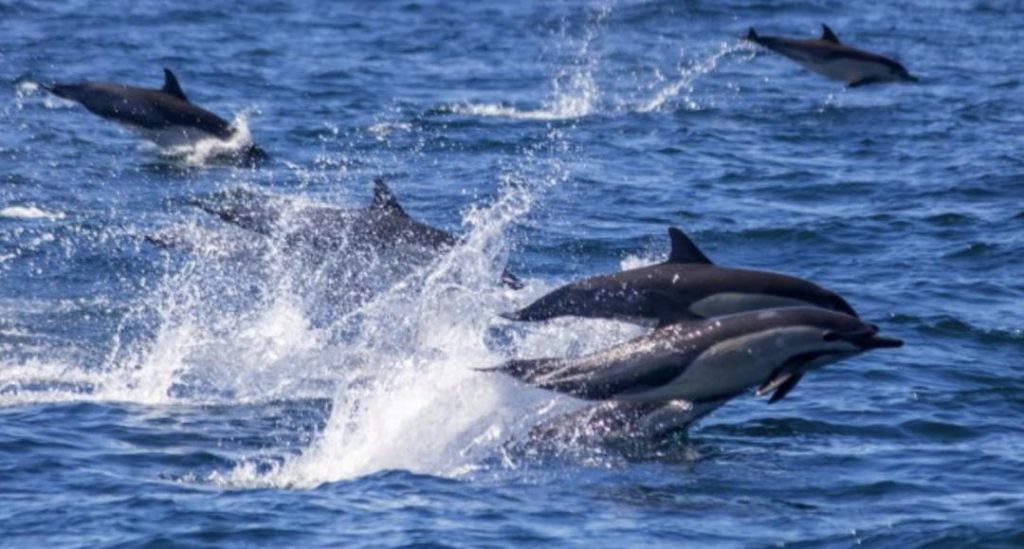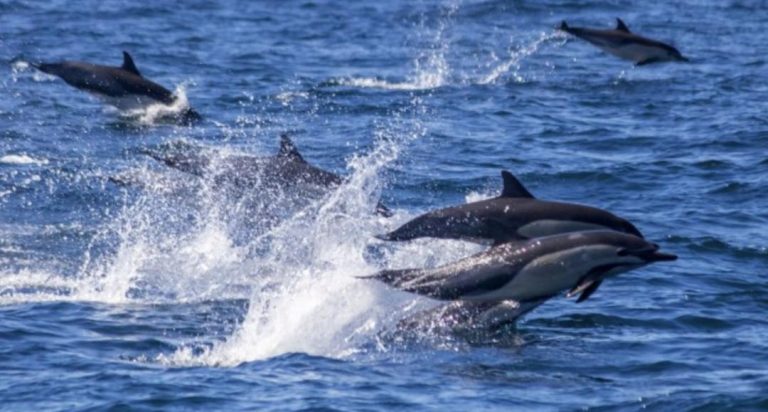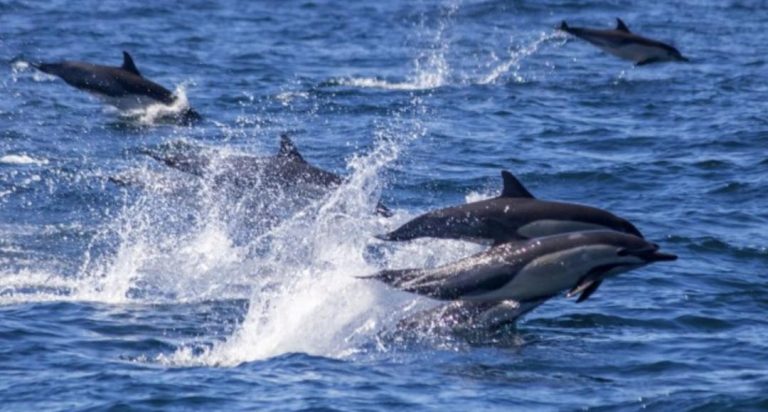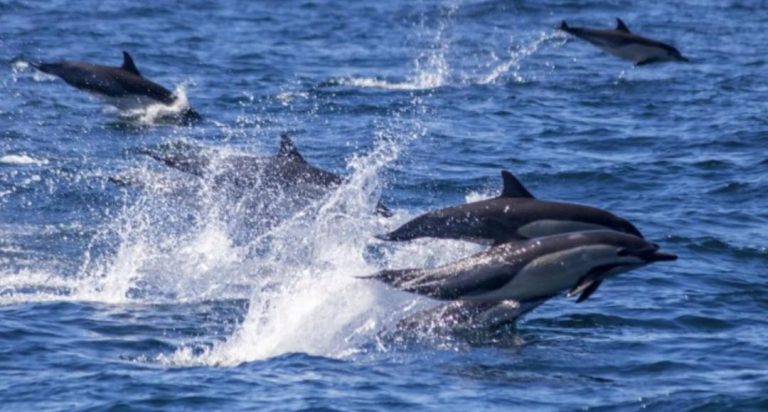
Dolphins & Whales Regularly Socialise with Each Other: Study
In a fascinating discovery, researchers from Griffith University have found that dolphins and whales regularly socialise with each other, engaging in playful interactions that are often mutual. The study, which analyzed videos and photographs of interactions between baleen whales and dolphins, covered 19 species across 199 separate events. The findings provide a glimpse into the previously unknown world of interspecies socialisation, revealing that these marine mammals are not just solitary creatures, but are capable of forming connections with each other.
The study, published in the journal Marine Mammal Science, used a combination of videos and photographs to document interactions between dolphins and whales. The researchers analyzed the data to identify patterns and trends in the behavior of the two species. The results showed that dolphins and whales frequently socialise with each other, engaging in a range of behaviors including swimming together, playing, and even feeding together.
One of the most common interactions observed was dolphins swimming near the head of a whale. This behavior was observed in multiple species of dolphins and whales, and was often accompanied by playful behaviors such as jumping and splashing. The researchers suggest that this interaction may be a form of social bonding, with the dolphins seeking to connect with the whales and the whales tolerating their presence.
Another interesting finding was the role of bottlenose dolphins in these interactions. Bottlenose dolphins were the most involved dolphin species in the study, and were observed engaging in playful interactions with multiple species of whales. This suggests that bottlenose dolphins may be more inclined to socialise with whales than other dolphin species, and may play a key role in facilitating these interactions.
The study also found that the interactions between dolphins and whales were not limited to specific species. The researchers observed interactions between multiple species of dolphins and whales, including species that are not typically found together in the wild. This suggests that these interactions may be more common than previously thought, and that dolphins and whales may be more social than previously believed.
The findings of this study have significant implications for our understanding of marine mammal behavior. For many years, dolphins and whales have been studied separately, with little attention paid to their interactions with each other. This study highlights the importance of considering the social dynamics of marine mammals, and suggests that these interactions may be more common and complex than previously thought.
The study also has implications for conservation efforts. By understanding the social dynamics of marine mammals, conservationists may be able to develop more effective strategies for protecting these species and their habitats. For example, conservationists may be able to identify areas where dolphins and whales are likely to interact, and develop strategies for protecting these areas.
In conclusion, the study by Griffith University provides a fascinating glimpse into the world of dolphin and whale socialisation. The findings suggest that these marine mammals are capable of forming connections with each other, and that these interactions may be more common and complex than previously thought. The study highlights the importance of considering the social dynamics of marine mammals, and suggests that conservationists may be able to develop more effective strategies for protecting these species and their habitats.



